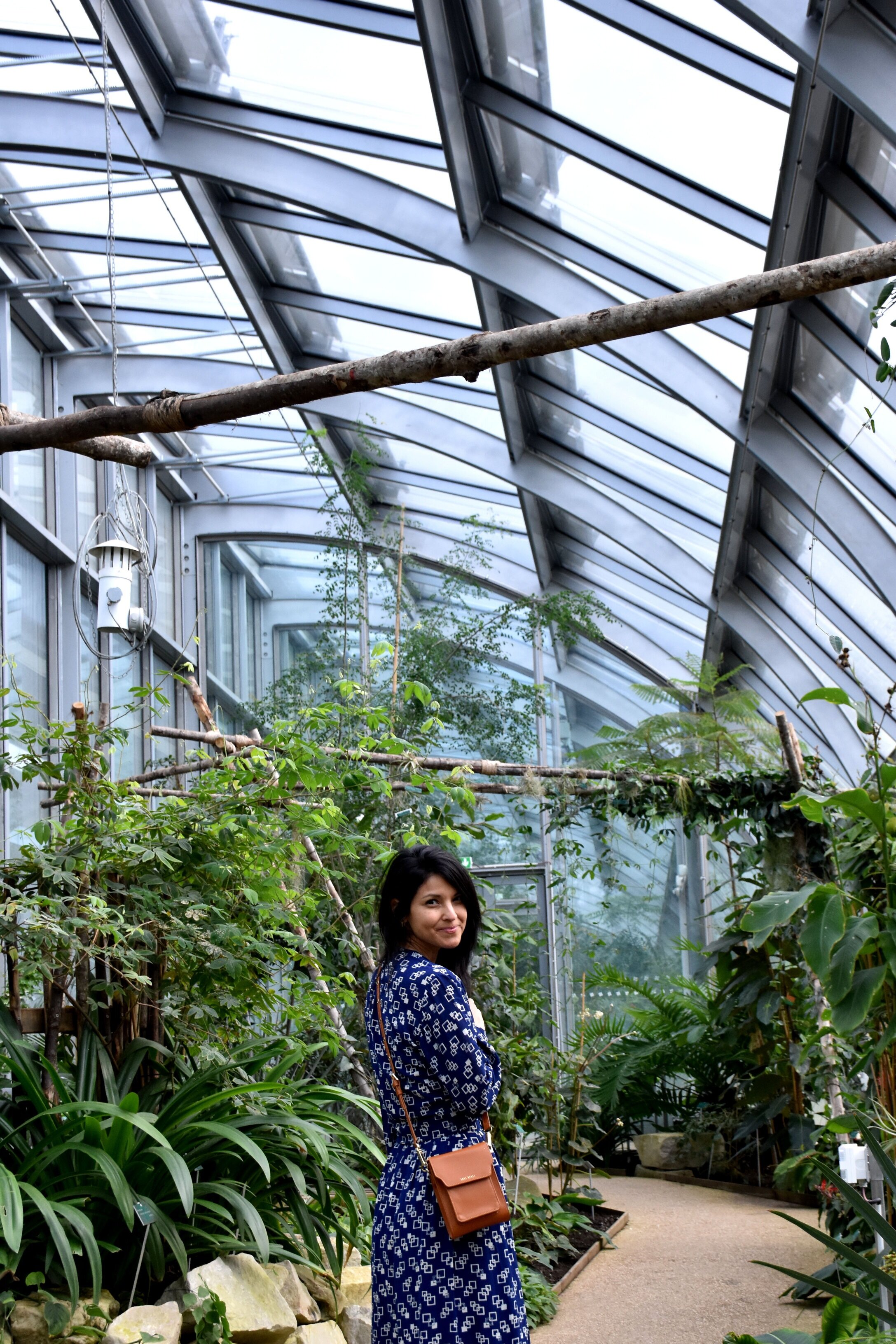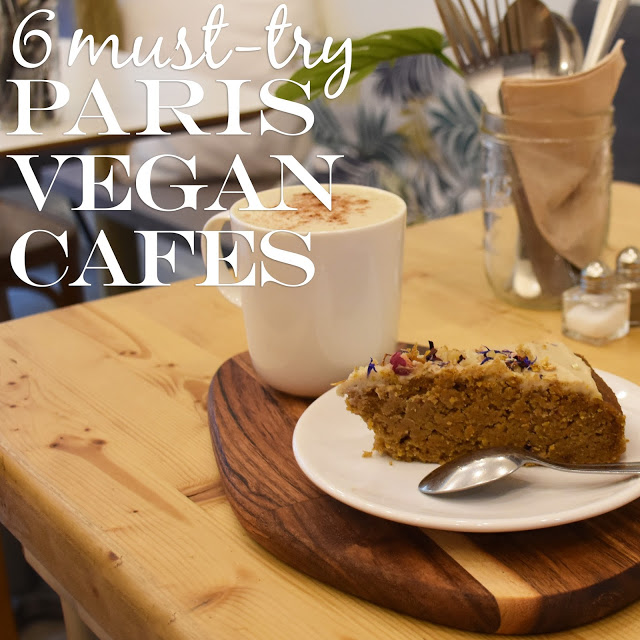eco living: sustainability + the future of vegan leather
/why sustainable designers choose vegan leather
today we’re going to explore the leather industry + the alternative leather textiles available. we’ll start with polyurethane and in the coming weeks we’ll explore plant based leathers including pineapple leather, apple leather, cactus leather, mushroom leather, corn leather and more. from our friends at sans beast, a luxe, vegan handbag company:
the rise of vegan leather
“did you know there are 70 billion animals slaughtered yearly for our food and/or fashion consumption? there is a commonly held view that leather is a by-product of the food industry. in fact, it is considered a profitable co-product. in addition, many animals are raised purely for their hides.
animal based leather is an incredibly profitable yet destructive industry. 90% of the worlds fashion leather is chrome tanned + will not biodegrade {chrome tanning is the only way to achieve the majority of desired fashion tones in a consistent + cost effective manner}.
“Synthetic alternatives to leather are less environmentally damaging than animal hide procurement, tanning + production - and hands down, more ethically sound.”
we come full circle back to the question of ethics + what rates as important to consumers. i believe there is a great deal of misinformation in the market - the main one being that leather is the natural bi-product of the meat industry + therefore we are being responsible by using it for product manufacture. but just like any industry, supply is based on demand, and demand is often based on marketing. leather is a co-product of the meat industry - and as per aplf reporting in november 2018, the global leather goods market is worth usd 95.4 billion in 2018 and will reach usd 128.61 billion by 2022 at a growth rate of 4.36% during the forecasted period. these numbers are not a lucky coincidence that there just happens to be enough animals slaughtered to cater to this market - it's by design + it's driven.
we’ve chosen to focus on the inordinate damage that factory farming does to the environment as well as the exploitation of animals that exists in this industry, and combat these issues, with making non leather bags instead – and we work tirelessly to create bags that are well designed + manufactured to instill a loyalty to the product from our customer, thus inhibiting any desire to send it to landfill.
there is an excellent 2017 report by the global fashion agenda that rates several raw materials, cradle to gate, in terms of environmental impact - and it highlights that leather rates substantially worse than synthetic leather on three out of the four measured traits - global warming, water scarcity, eutrophication. indeed, cow leather is in the top three raw materials in terms of negative impact - sitting amongst cotton, wool + silk. synthetic leather fares worse in abiotic resource depletion (the fourth pillar on which the materials have been rated) which is related to fossil fuels. so, is synthetic leather really an inferior option on the environmental front?
Sustainable Apparel Coalition’s Higg Material Sustainability Index tool.
an alternative to leather
we're not going to greenwash this situation. our bags are not made of soil + sunshine. they are constructed from a good quality polyurethane {pu} which is a base fabric coated with a painted surface + then embossed with various textures. this is no single use catastrophe we're carrying around. polyurethane {pu} is a highly resilient, flexible and durable material. it is a polymer joined by urethane links - used as a coating to give textiles a wide variety of properties including the ability to be water-resistant and anti-bacterial.
invented in the late 1930s as a potential replacement for rubber {which was in short supply post wwi}, pu has become a prolific material, used in everyday life (fridges, washing machines, car interiors, the list is long). the pu we utilize, does not use toxic levels of chemicals in production, with the fabrics adhering to the chemical standards of reach + prop65 {the californian toxic enforcement act of 1986}. synthetic alternatives to leather are less environmentally damaging than animal hide procurement, tanning + production - and hands down, more ethically sound.
we continue to source + sample alternatives - with our next step being, to use more {primarily} plant based + recycled materials. when we say 'primarily' in relation to plant based, we refer to the fact that for a plant based fabric for fashion handbag construction to have longevity + remain 'good looking' it does generally need to have a coating of some description, and this is typically a polymer of some sort.
acrylic + cellulosic acetate
we use both acrylic and cellulosic acetate in trims + charms in our collections. acrylic is a plastic, and was developed in the 1920s, as a shatterproof alternative to glass. other names for acrylic - plexiglas, acrylite, perspex + lucite – are all trademarked names. acrylic is thermoplastic + becomes malleable under high heat, as a result, we are able to mold it into shapes such as our distinctive luggage handle. cellulosic acetate was created in the late 1800s + refined further in the early 20th century. cellulosic acetate has a long winded construction, but in simple terms – it’s a combination of wood pulp (the cellulosic part) + a mixed bag of chemical compounds. It offers transparency, a beautiful color spectrum, flexibility + is hypoallergenic. it’s been utilized for film, fabric, lacquer + eyewear over the years.”
{don’t forget the tip} the workers tasked with leather preparation across the global community have consistent exposure to toxic chemicals and a shortened life span. videos can be hard to watch, when we are educating ourselves about the leather industry and its impact on the environment, the exposure to toxic chemicals for the workers who treat + process the animal hides, and the animals themselves. if you’re interested in learning more, and words are the best way to drink in new information, pop into a local bookstore or cruise your favorite online indie bookshop to purchase eating animals by jonathan safran foer.
until next time, stay green dear hearts!







































!["since the outbreak of covid-19, we have seen the devastating impact of fashion brands' purchasing practices, such as cancelled orders and delayed payments, on some of the most vulnerable workers in the [garment industry] supply chain.
the vast](https://images.squarespace-cdn.com/content/v1/5a542a39bff200360146681d/1587760602053-771QUODRHY8D2UVTWTOL/image-asset.jpeg)

































